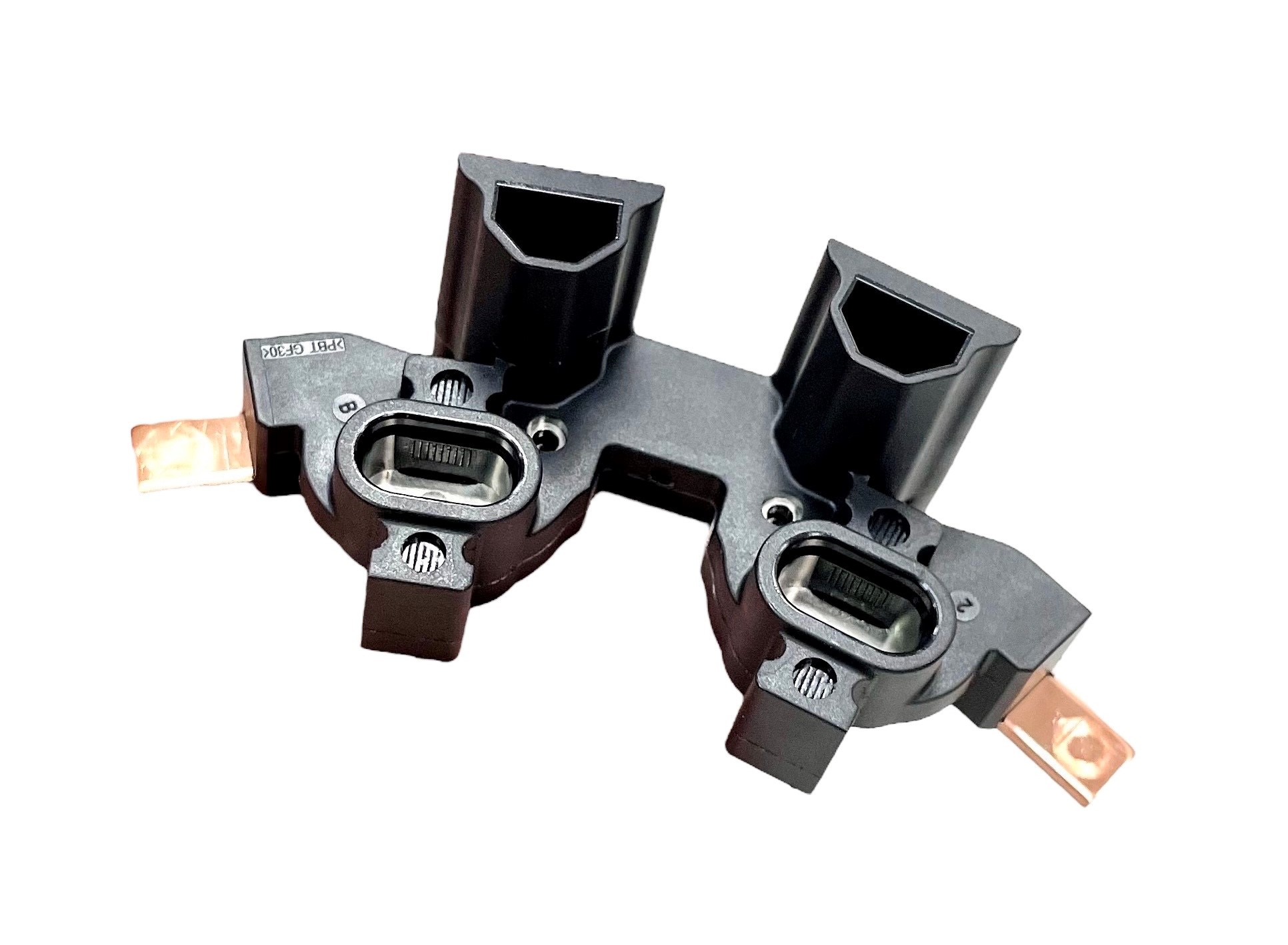Plastic injection molding
How to solve the burr and flash issue for plastic injection molding?

Burr and flash are common defects in plastic injection molding, characterized by excess material protruding from the molded part. Here are steps to solve the burr and flash issue:
-
Optimize Injection Parameters: Adjust injection parameters such as injection speed, pressure, and temperature to minimize material leakage and reduce the risk of burrs and flash. Optimal parameters help achieve complete cavity filling without excess material escaping.
-
Review Mold Venting: Inadequate mold venting can cause trapped air or gas to compress, leading to excessive pressure and material leakage. Ensure that the mold vents are clear and properly positioned to allow trapped air to escape during injection.
-
Check Gate Design and Size: Improper gate design or undersized gates can contribute to burrs and flash by allowing excessive material flow into the mold cavity. Review the gate design and size to ensure proper gating and control over material flow.
-
Inspect Mold Surface and Alignment: Irregularities or misalignment in the mold surfaces can lead to uneven material distribution and excessive material leakage, resulting in burrs and flash. Inspect the mold surfaces for damage, wear, or misalignment, and address any issues promptly.
-
Optimize Cooling System: Inefficient cooling can cause uneven material solidification and shrinkage, leading to burrs and flash. Optimize the cooling system by adjusting cooling channel layout, flow rates, and temperatures to ensure uniform cooling and solidification of the material.
-
Use Mold Release Agents: Apply mold release agents to the mold surfaces to reduce friction and adhesion between the mold and the molded part. Proper use of mold release agents can help prevent material buildup and reduce the risk of burrs and flash.
-
Address Material Flow Issues: Uneven material flow or excessive shear stress can cause material to leak out of the mold cavity, resulting in burrs and flash. Optimize material flow by adjusting injection parameters and mold design to achieve uniform filling and packing of the cavity.
-
Implement Mold Maintenance: Regular maintenance of the mold is essential to prevent issues such as wear, damage, or buildup that can contribute to burrs and flash. Clean and inspect the mold regularly, and address any issues promptly to ensure optimal performance.
-
Use Mold Inserts or Shut-offs: Incorporate mold inserts or shut-offs into the mold design to control material flow and prevent excess material from escaping the mold cavity. Properly positioned inserts or shut-offs help contain the material within the desired part geometry, reducing the risk of burrs and flash.
-
Perform Post-Molding Trimming: If burrs and flash occur despite preventive measures, perform post-molding trimming or deburring to remove excess material and achieve the desired part geometry. Use precision trimming tools and techniques to remove burrs and flash without damaging the part surface.
By systematically addressing these potential causes and implementing appropriate corrective actions, you can effectively solve the burr and flash issue in plastic injection molding, resulting in improved part quality and production efficiency.
